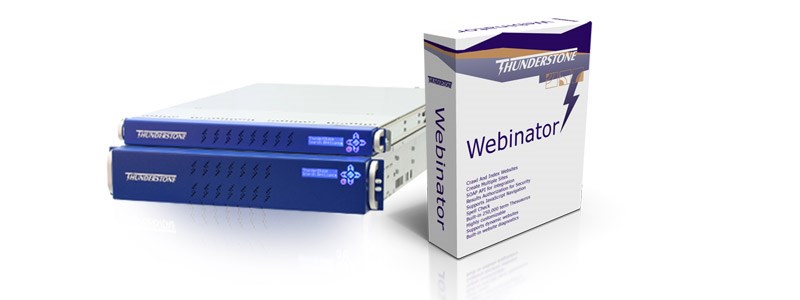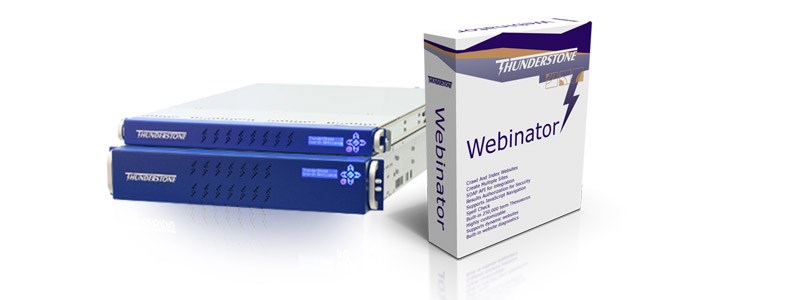Access to information is vital for any business or organization. For the healthcare industry, this access can have life-changing effects. Unfortunately for healthcare providers, researchers, and administrative staff, healthcare organizations don’t always have an effective search solution that allows health workers to efficiently access the information they need to complete crucial tasks or make important decisions.
How bad is the search problem in the healthcare industry? According to a TEDx Talk by Dr. Karl Kochendorfer, some healthcare professionals turn to Wikipedia for vital information instead of official sources because they have such a hard time finding what they need through their organization’s search setup. In addition, Kochendorfer cites that clinicians spend a third of their time simply looking for information.
It shouldn’t be hard for healthcare professionals to find the information they need, but there are many obstacles that stand in the way. High-performance search engine software and search appliances can be part of the solution.
Why Does the Healthcare Industry Need a Better Search Solution?
A massive amount of data without the proper search solution makes for an inefficient, ineffective setup for retrieving key information. Healthcare information takes many forms, all of which play an important role. These can include just about anything that can be documented and stored, such as:
- Patient information
- Procedural details
- Patient care policies
- Reference tools and medical literature
- Forms
- Benefits information
No matter what form these pieces of information take, a single health care organization can amass a massive amount of data that must be available to a wide range of staff. According to the Stanford Medicine 2017 Health Trends Report, “the sheer volume of health care data is growing at an astronomical rate: 153 exabytes (one exabyte = one billion gigabytes) were produced in 2013 and an estimated 2,314 exabytes will be produced in 2020.” Even the medical collection of one doctor can become massive, as the Jeghers Medical Index’s contained a collection of roughly five million physical pages amassed by Dr. Harold Jeghers.
Another issue is that these documents are typically stored in various repositories, such as:
- Content management systems
- Institutional document libraries
- Team sites
- Electronic medical record databases
- Intranets
- Email servers
- File systems
As healthcare organizations continue to gather more information, they need to find a way to store new documents with pre-existing files and other data. Given the wide variety of medical subjects and types of files, information is typically stored in separate data silos.
While this system organizes different types of information into logical groupings, it can also create a situation where individuals need to search individual portals to find the right information they need. For example, a silo that contains insurance carrier documentation would likely not allow professionals to parse through notes from doctors and other providers. This scenario can make searches take longer than it should, and that’s if these users are even able to find the information they need. According to ComputerWeekly “it is estimated that knowledge workers spend more than twice as much time recreating content than they spend creating new content” because they can’t find existing files.
That means that healthcare organizations need to invest in high-performance search engine software or hardware that can not only handle hundreds of thousands of files, but also give users the ability to quickly and easily find what they need regardless of where the information is stored.
How Enterprise Search Technology Benefits Healthcare Organizations
Access to information is crucial. A high-performance enterprise search solution gives you the ability to search internal and external information across an entire organization. Enterprise search is designed to parse through a vast array of information found on multiple repositories. This allows different types of users within that organization, such as medical practitioners, administrative staff, and others, to look for and find the information they need.
However, the same user can have different needs depending on the specific search. For example, a doctor searching for drug facts during a patient visit will want different results than one looking up medical literature during lab work. To combat this, custom filtering can be set up so that certain types of results show up depending on the device used, such as a desktop in a research laboratory or an office laptop. In addition, custom filtering can be added to the searches themselves so that users can improve the relevancy of their search results both before and after their initial query.
While enterprise search software allows user to quickly and easily search for information, the technology behind it is far more complex. Enterprise search technology actively organizes information found in multiple repositories through metatagging, taxonomies, and categorization. This process creates a searchable index from various repositories. This enables the search software to logically find information for future queries so that users receive relevant information both quickly and efficiently.
Part of the reason enterprise search software makes it easier for users to find what they need is the types of searches it allows them to do. A customizable thesaurus feature allows organizations to improve the effectiveness of terminology that is more common to their industry. This can help improve the relevance of results by tying in generalities, associated phrases, acronyms, spelling variations, or other appropriate word associations. For the healthcare industry, this can help clear up issues when professionals search for a brand name drug or a generic drug, procedure names, medical abbreviations, or any other healthcare-specific terminology.
Enterprise search can also improve the effectiveness of searches involving statistics or data ranges. If a healthcare professional had a specific question or needed to find a certain data point, enterprise search would be able to parse through relevant literature and studies to yield appropriate results.
Another issue is that some information should only be accessible to certain users. Whether it’s due to HIPAA, meaningful use, or any other reason, certain documents should only be findable by certain individuals. HIPAA in particular requires a search solution that protects patient record from the wrong people. For example, even a search snippet can accidentally reveal patient names, so it’s important to invest in a solution that can anonymize these snippets and keep files accessible only by approved users. Enterprise search can be designed to give and remove access to certain repositories to different classes of users, whether it’s an admin level user or a member of the public.
How Thunderstone Solves Search Issues for Healthcare Organizations
Of course, the success of an enterprise search solution is only as good as the technology is uses. Thunderstone offers a suite of search solutions It is the only search engine software available with the fully integrated structure of an SQL relational database (RDBMS) that intelligently queries and manages databases containing:
- Natural language text
- Standard data types
- Geographic information
- Images
- Video
- Audio
- Other payload data
In addition, Thunderstone offers search engine software solutions that can handle databases with tens of millions of large records and even hundreds of millions of records and can store and search text documents of unlimited size within standard database tables.
Another issue is that medical documents can contain specific language not found in typical files. Thunderstone search solutions have an English language vocabulary of up to 250,000 word and phrase concept associations for natural language queries, as well as excellent proximity control, fuzzy searches, true regular expression matching and written numerical value searches for even more refined, accurate searches.
In short, Thunderstone enterprise search technology gives healthcare organization the power to handle massive amounts of data and the flexibility to manage their needs. If you’re in need of a search solution that allows gives your organization the ability to access your data when your users need it, request a demo today to test our technology for yourself or contact us to talk to a Thunderstone expert and your organization’s search needs.






 .
.



